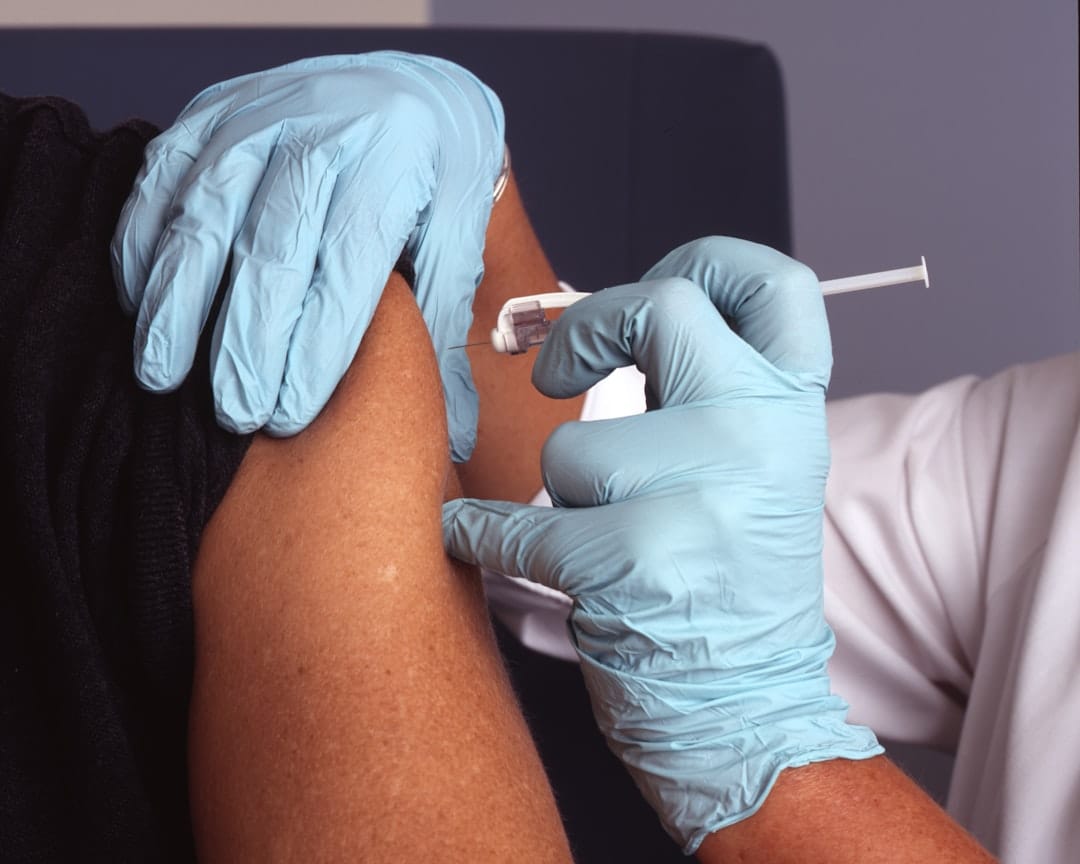Understanding the Importance and Benefits of the Hepatitis A Vaccine
Hepatitis A is a contagious liver infection caused by the hepatitis A virus (HAV), and vaccination is a key preventive measure against this disease. The hepatitis A vaccine is highly effective and is recommended for various groups, including children, adolescents, and individuals at increased risk…

Recommended Vaccination Schedule
The hepatitis A vaccine is an integral part of routine childhood immunization programs. It is recommended for all children aged 12–23 months. For children and adolescents aged 2–18 years who have not yet been vaccinated, it is advised to receive the vaccine to ensure protection against the virus. The vaccine is administered in two doses, with the second dose given at least six months after the first, to provide long-lasting immunity.
Target Groups for Vaccination
In addition to children, the hepatitis A vaccine is recommended for individuals at increased risk of contracting the virus. This includes international travelers, especially those visiting areas with high rates of hepatitis A. Other groups that should consider vaccination include people with chronic liver disease, men who have sex with men, and individuals who use recreational drugs. The vaccine is available by prescription in the United States and is generally recommended for those at risk.
Vaccine Composition and Administration
The hepatitis A vaccine is classified as an inactivated vaccine, meaning it contains a virus that has been killed and cannot cause disease. It is administered via the intramuscular route, typically in the upper arm. Trade names for the vaccine include Havrix, among others. The vaccine is known for its strong safety profile, with side effects generally being mild and temporary.
Duration of Protection
Once the full vaccination course is completed, the hepatitis A vaccine typically provides protection for at least 10 years. This long duration of immunity makes it an effective tool in preventing outbreaks and controlling the spread of hepatitis A, particularly in areas where the virus is prevalent.
Safety and Side Effects
The hepatitis A vaccine is well-tolerated, with most side effects being minor. Common side effects include soreness at the injection site, headache, and fatigue. Serious side effects are rare, making the vaccine a safe option for most individuals. The World Health Organization (WHO) endorses the use of the hepatitis A vaccine as part of immunization programs globally, highlighting its importance in public health.
Global Health Impact
The endorsement by the World Health Organization underscores the vaccine's role in reducing the incidence of hepatitis A worldwide. By incorporating the vaccine into routine immunization schedules, countries can significantly lower the rates of infection and prevent potential outbreaks. This is particularly important in regions with limited access to clean water and sanitation, where the virus can spread more easily.
Conclusion
The hepatitis A vaccine is a critical component in the fight against hepatitis A, offering effective and long-lasting protection. By targeting children, adolescents, and high-risk groups, vaccination efforts can significantly reduce the prevalence of this contagious liver infection. With its strong safety profile and global endorsement, the hepatitis A vaccine remains a cornerstone of public health strategies aimed at controlling and preventing hepatitis A.
FAQs
**Who should receive the hepatitis A vaccine?**
The vaccine is recommended for all children aged 12–23 months, unvaccinated children and adolescents aged 2–18 years, and individuals at increased risk, such as international travelers and those with chronic liver conditions.
**How is the hepatitis A vaccine administered?**
The vaccine is given via the intramuscular route, typically in the upper arm, in two doses with the second dose administered at least six months after the first.
**What are the common side effects of the hepatitis A vaccine?**
Common side effects include soreness at the injection site, headache, and fatigue, with serious side effects being rare.
References
https://www.cdc.gov/hepatitis-a/vaccination/index.html
https://www.immunize.org/wp-content/uploads/vis/hepatitis_a.pdf
https://www.mayoclinic.org/drugs-supplements/hepatitis-a-vaccine-intramuscular-route/description/drg-20067499
https://en.wikipedia.org/wiki/Hepatitis_A_vaccine
https://www.chop.edu/vaccine-education-center/vaccine-details/hepatitis-a-vaccine
https://www.cvs.com/minuteclinic/services/hepatitis-a
https://www.who.int/publications/i/item/who-wer9740-493-512
https://www.ncbi.nlm.nih.gov/books/NBK554604/
https://kidshealth.org/en/parents/hepa-vaccine.html
https://www.fda.gov/vaccines-blood-biologics/hepatitis-vaccine-inactivated